

So, your toilet isn't flushing even though it's not clogged? Don't panic, I've got you covered. Let's get to the bottom of this issue with nine common reasons and fixes:
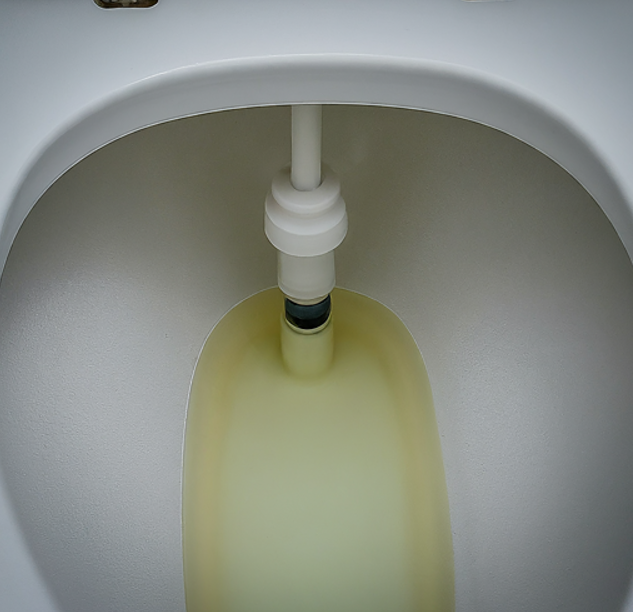
Ever checked the water level in your toilet tank? If it's too low, there might not be enough water to give your flush the oomph it needs.
Adjust the water level by tweaking the float arm or fiddling with the float cup. Aim for it to sit about half an inch below the overflow tube.
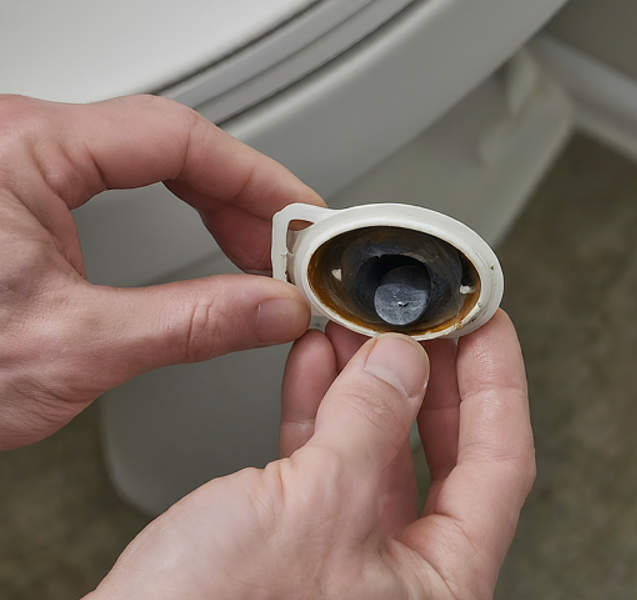
Take a peek inside the tank and eyeball the flapper and flush valve. If the flapper's seen better days or isn't sealing up properly, water could be slipping past and sabotaging your flush.
Swap out that worn-out flapper for a fresh one. You can snag replacements at your local hardware store, and swapping them out is usually a breeze. Just remember to cut the water supply first.

Take a look at those little jet openings around the rim of your toilet bowl? They're vital for directing water during the flush. If they're gunked up, it could be the reason behind your lackluster flush.
Grab a wire hanger or a small brush and delicately clear out any debris or mineral buildup from those jet openings. And hey, don't go scratching up the porcelain! If you're dealing with stubborn mineral deposits, try a toilet bowl cleaner made specifically for that job.
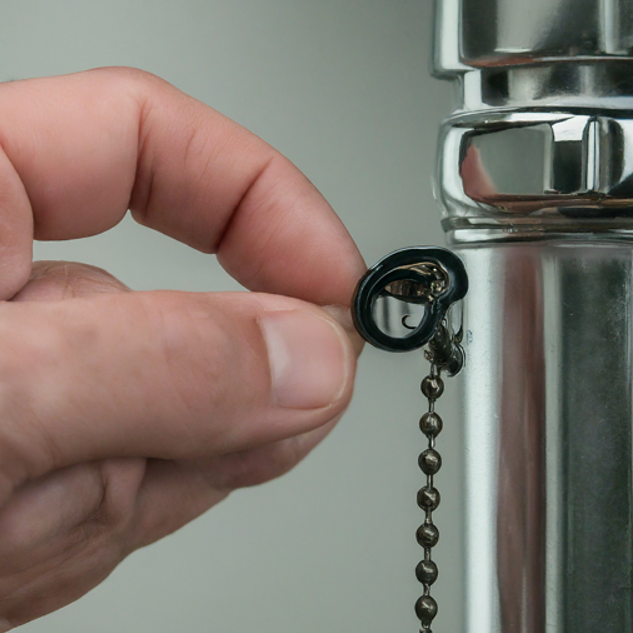
Ever noticed the chain connecting the flush handle to the flapper? If it's too loose or tangled up, it could prevent the flapper from lifting properly when you flush.
Adjust the chain length so there's just a little slack when the flapper is closed. Make sure it's not getting caught on anything inside the tank.
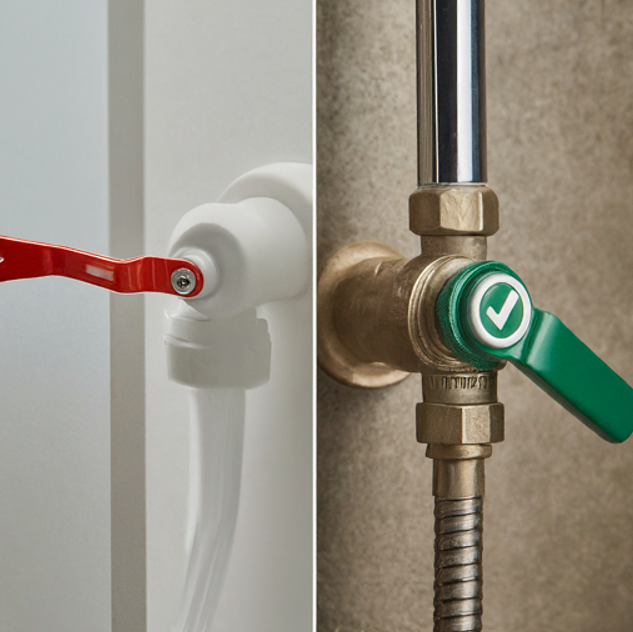
Check the water supply valve connected to your toilet. If it's not fully open or if there's a blockage, your toilet might not be getting enough water to flush effectively.
Turn the valve fully counterclockwise to ensure it's fully open. If it's already open but you're still having issues, shut off the water supply, disconnect the hose, and check for any obstructions.
Sometimes the problem isn't with your toilet itself, but with the sewer line. If it's clogged or blocked, it can prevent proper flushing and drainage.
If you suspect a sewer line issue, it's best to call in a professional plumber. They'll have the tools and expertise to diagnose and address any problems with your sewer line.
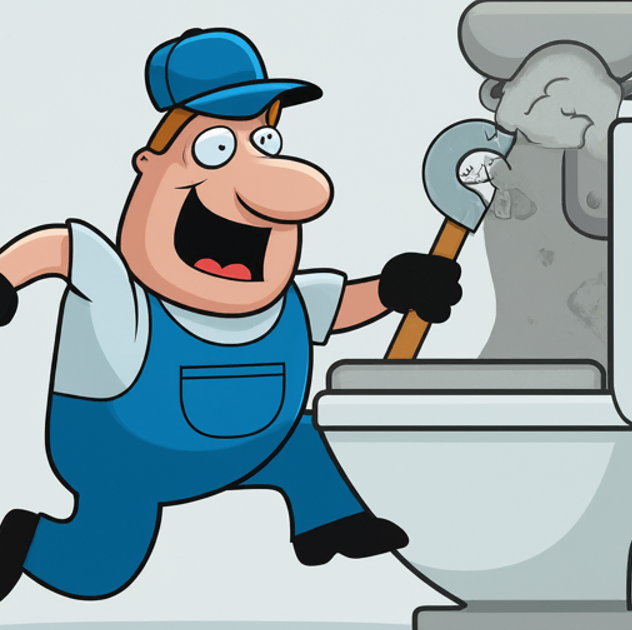
Plumbing vents are responsible for allowing air to enter the plumbing system, which helps maintain proper pressure for efficient flushing and drainage.
If your toilet is struggling to flush, there may be a blockage or obstruction in the vent pipe. Clearing out any debris or obstructions should help restore proper venting and improve flushing performance.
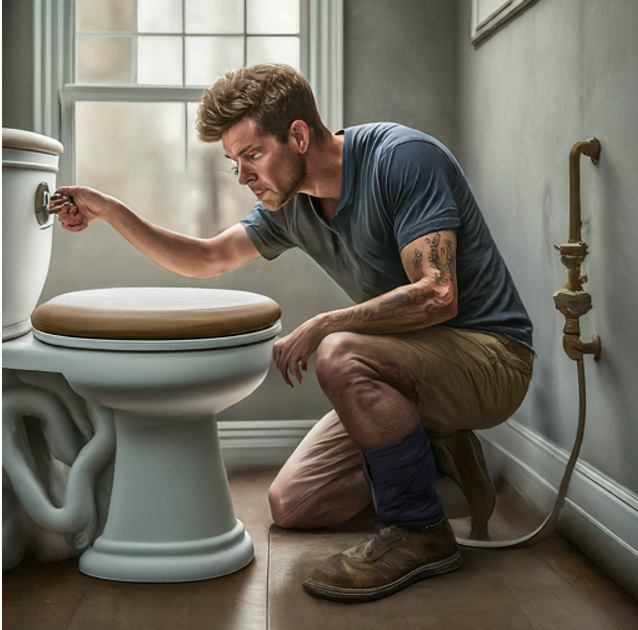
Take a look at the fill valve inside your toilet tank. If it's malfunctioning or failing to shut off properly, it could lead to water continuously running into the tank, which can affect flushing performance.
Inspect the fill valve for any signs of damage or wear, and replace it if necessary. Make sure the valve is properly adjusted to shut off when the tank is full, and check for any leaks or drips.

Do you live in an area with hard water? Mineral deposits from hard water can accumulate inside your toilet's plumbing system over time, leading to clogs and reduced flushing efficiency.
Consider installing a water softener to help reduce the effects of hard water on your plumbing fixtures. Additionally, regular cleaning and maintenance can help prevent mineral buildup and keep your toilet flushing smoothly.
There could be several reasons for this, including a low water level in the tank, a malfunctioning flapper or flush valve, blocked jet openings, loose chain connections, closed or blocked water supply valves, sewer line issues, venting problems, faulty fill valves, or hard water buildup.
In many cases, yes! Simple fixes such as adjusting the water level, replacing a worn-out flapper, clearing blockages in jet openings, adjusting chain connections, or opening water supply valves can often resolve the issue. However, if you're unsure or uncomfortable with DIY repairs, it's best to call in a professional plumber for assistance.
Regular maintenance is key to preventing toilet flushing issues. This includes keeping the tank and bowl clean, avoiding flushing non-flushable items, checking and adjusting water levels and valve settings as needed, and addressing any plumbing issues promptly to prevent them from worsening over time. Additionally, installing a water softener can help prevent mineral buildup from hard water, which can affect flushing performance.
If you've tried troubleshooting the issue yourself and haven't been able to resolve it, or if you're dealing with more complex issues such as sewer line blockages or faulty plumbing components, it's best to call in a professional plumber. They'll have the expertise and tools needed to diagnose and address the problem effectively, ensuring your toilet flushes smoothly once again.